- Learning time
- 30 minutes
- First play time
- 120 minutes
The Siege of Runedar
Designed by: Reiner Knizia
The Siege of Runedar is a co-operative game where players are fighting off invaders trying to snaffle their gold. Whilst doing that, they’re also digging a tunnel to escape!
The box the game comes in cleverly doubles as the tower itself – you can have up to four players, with each player adjacent to a tower wall. Inside the tower are pieces representing the players, who’ll move around the turrets and walls to defend the tower, and across five more distinct areas in the tower’s interior. You each begin with a small deck of cards each that you’ll cycle through (ie when your draw deck runs out, used cards are shuffled to create a new draw deck) playing a 4 or 5 cards on a turn, but during the game you’ll be adding new, more powerful cards into your deck, and discarding your basic starting cards. When your turn arrives, you simply play as many cards from your hand as you can. So what do the cards do?
Well, any card can be used for movement, and you’ll need to move around in order to fight, work or dig. These actions can only be achieved using particular cards – each card has symbols on it showing what it can be used for – fighting being the upshot of living in a tower that’s under attack. In almost every turn, attacking orcs, trolls or goblins either arrive outside or advance into the tower: if they make it to the very centre of the tower, where the gold is stored, they make off with a piece of it: if all the gold goes, the players collectively lose. So there’s a kind of short-term firefighting aspect of seeing off some monsters whilst perhaps allowing others through. The fighting system involves some luck (dice-rolling) but isn’t too complicated: basically, the more cards you spend on a single fighting action, the better your chance of success.
Working is even simpler: different areas of the tower allow you to work the resources there – metal, wood, pelts – and place them on a tableau of cards that are available to be ‘bought’ by placing the resources they demand on them: for instance, a card that gives a triple fight action might need four metal and two wood: once all these resources have been placed on it, any player can add that card to their deck, no matter whether they contributed to the buying or not: part of the challenge of Runedar is the tactical and strategic play, so you might have players assigned to dig, and others to defend, and allot exciting new cards accordingly.
Digging is the route to victory. Players know – the the game narrative – that the attack will never end, and can only escape to victory by completing their tunnel. So digging is the action that clears the rubble from the tunnel area of the tower. Whenever all the rubble is removed, a section of tunnel is complete (and all the rubble goes back to represent the challenge of the next section of tunnel). Unfortunately, digging the tunnel isn’t risk-free: completing a section tunnel also triggers the arrival of more monsters out of it, that need to be defeated (or bribed) before work can continue.
Runedar has a clever sense of escalation to it: whilst the players get more powerful (-the new cards) the waves of attacks from outside increase as well, and there are additional risks of attacks via siege tower and the enemy catapult potentially eliminating the ability to get new cards. Handling these threats is critical to success! Last, but far from least, mixed into everyone’s decks are two orc cards. These are a problem not just because you can’t use them for actions – they just get in your way – but also because they prompt the arrival and/or advance of the attacks on the tower: the top card of the orc deck is flipped which determines where – if any – new attackers arrive, and whether existing attackers advance: onto the walls, into the tower proper, perhaps even snaffling up your precious gold…
No matter how many new cards you add during play, your deck is always twelve cards and when reshuffled two are always (temporarily) discarded, to give you two turns of five cards apiece before reshuffling. This gives both risk and knowledge. If you’re lucky, one – maybe both – of your orc cards will be in the discarded pair. But if both turn up in your first hand, you at least know your second will be orc-free. Managing the disparate elements of guerrilla warfare, gold protection, tunnel-digging and various forms of risk is key to defending the tower long enough – to escape it!
The guru's verdict
-
Take That!
Take That!
None from the other players, who'll be rooting for you throughout. The game itself, which controls your mortal enemies, has different ideas...
-
Fidget Factor!
Fidget Factor!
Low to moderate. Turns are usually pretty fast, although sometimes things may pause as players plan and discuss. However, everyone is invested in these moments, and hopefully involved too.
-
Brain Burn!
Brain Burn!
Things are relatively straightforward on the rules: play cards, do one of the actions available on them. Cards with the same action can be combined to make them more powerful. More broadly, it's about holding off just enough of the invaders to give you the time you need to finish digging. But don't neglect the new cards either - boosting everyone's deck is crucial to making the progress you need...
-
Again Again!
Again Again!
If the objective never changes, Runedar has plenty of variety in it's smaller moments - card draws, dice rolls, deck-upgrades - to keep it feeling fresh.

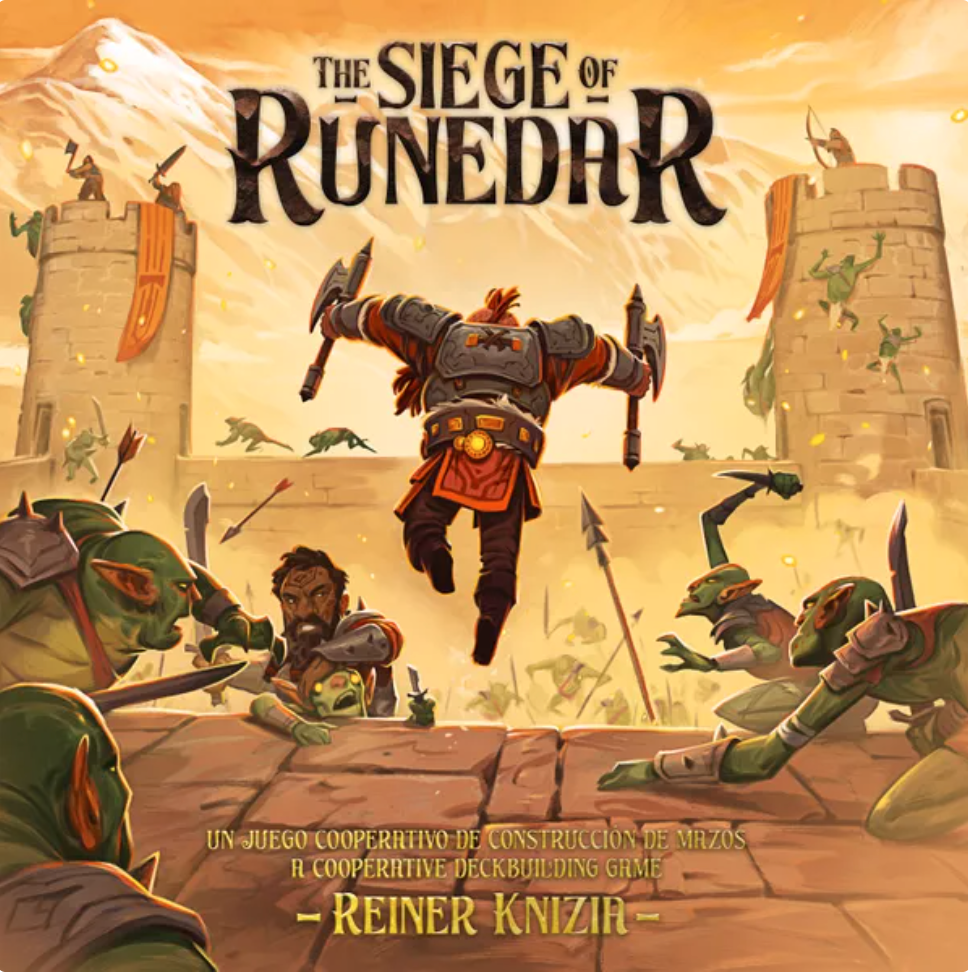
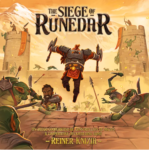
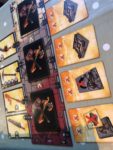

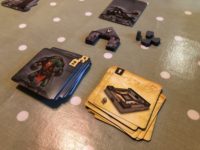
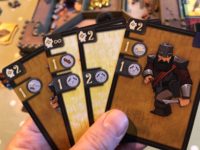





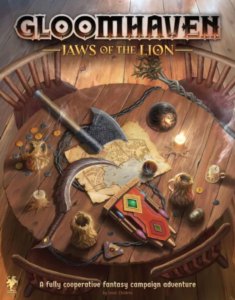

Sam says
If I have one criticism of The Siege of Runedar it's that it can run a little long: it feels like it should be an hour or so but our four-player games have been more like two. But I'm scratching around for somewhat pedantry-driven shortcomings here, because despite its built-in repetition Runedar is just a lot of fun: a co-operative game where the players are acting as individuals, but able to plan together, and really rooting for each other as dice rolls either triumph or fall abysmally short. Outside of one or two actions - there are crossbows that can attack from distance - we've covered most of the rules here, and an initial sense of overwhelm lifts after a few turns to make Runedar extremely accessible, even for younger players. It wears its fantasy theme lightly: there's not much in the way of special powers here, but instead a puzzle of risk-laden tactics -= holding off the invading hordes - combined with a much-needed long-term strategy - digging the tunnel! - to actually win the game. For Reiner Knizia, this is one of his less pared-down designs, but as always he gives players a lot of engagement with relatively few rules.